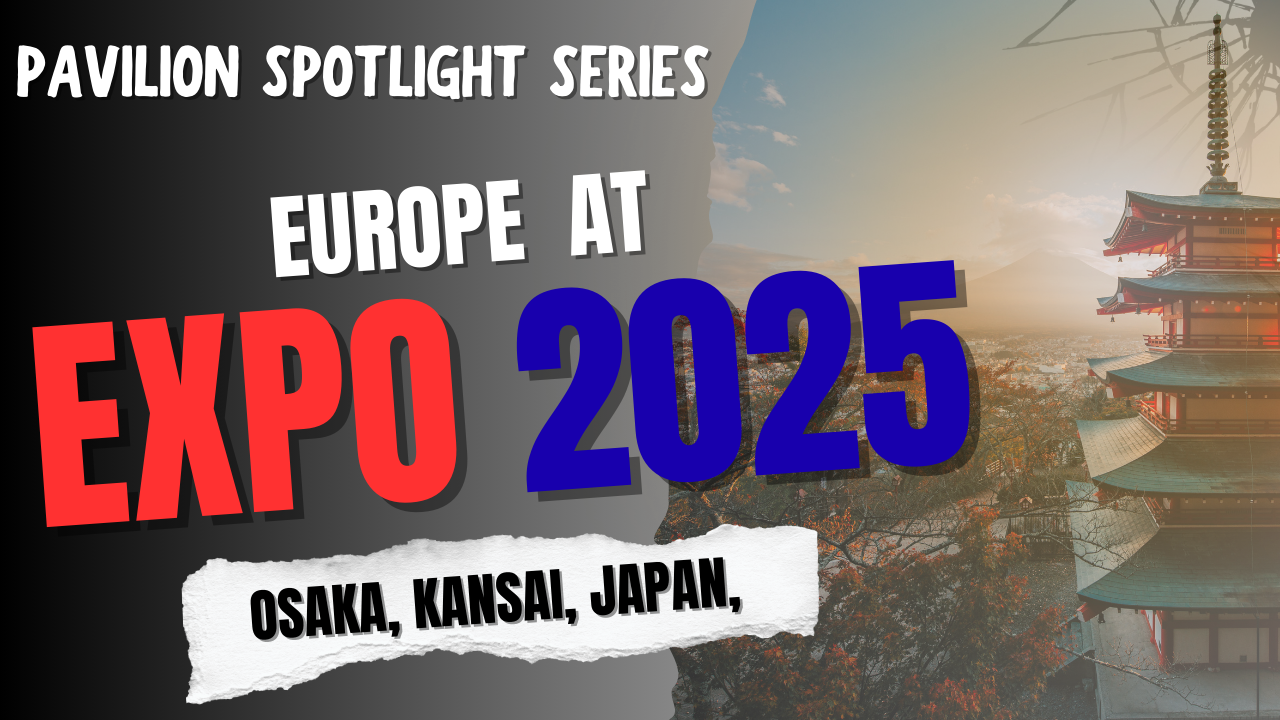Europe’s participation in Expo 2025 Osaka is nothing short of a design laboratory. From Nordic minimalism to Mediterranean exuberance, the continent’s pavilions showcase a collective ambition: to marry sustainability with cultural depth. For Europe, the Expo is both a diplomatic stage and an architectural experiment.
Austria, Belgium, Czechia: Precision as Poetry

Austria emphasizes renewable energy and Alpine innovation, using architecture as a metaphor for clean flows of air and water.
Belgium blends gastronomy, art, and science, promising visitors a sensory journey through Europe’s heartland.


Czechia offers engineering brilliance in elegant form, focusing on water management and digital technology.
The Nordics: Nature as Teacher
Denmark, Finland, Norway, and Sweden unite around the ethos of circular economy and eco-architecture. Expect timber structures, vertical gardens, and interactive climate education. These pavilions are serene yet bold, serving as models for sustainable living.
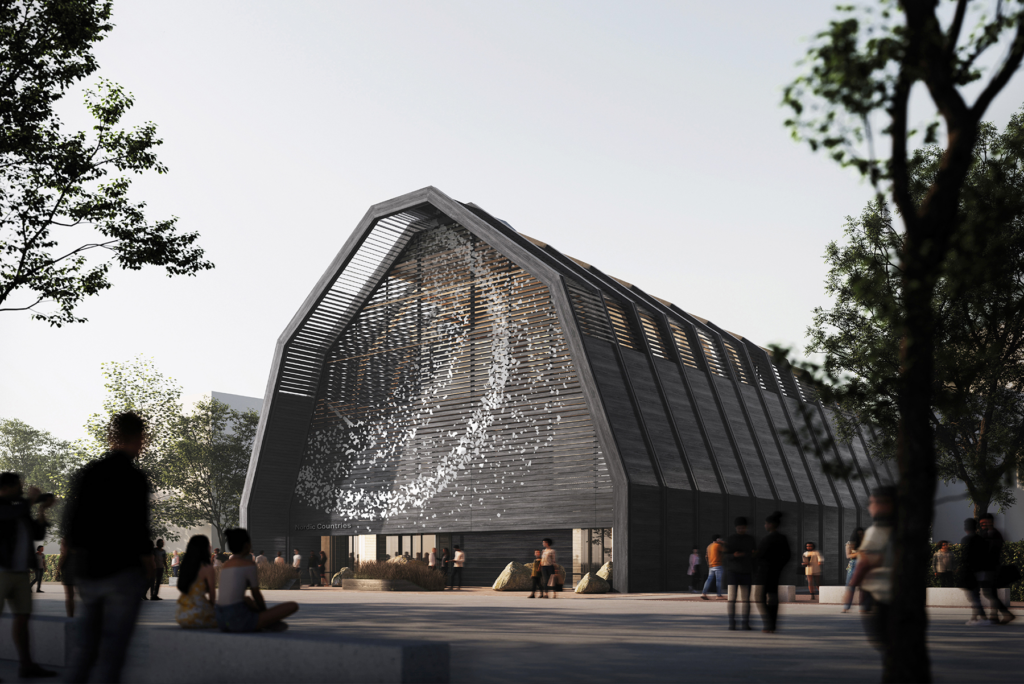
France & Germany: Giants with a Green Heart

France blends artistry with activism: a pavilion of immersive light, culinary culture, and a strong narrative on climate responsibility.
Germany emphasizes digital transformation and green energy, offering large-scale interactive exhibits that reflect its role as Europe’s industrial engine.

Hungary & Poland: Resilience as Identity

Hungary highlights water as a sacred resource, combining thermal springs heritage with cutting-edge water management tech.
Poland focuses on resilient communities and renewable innovation, using wood and recycled materials to embody ecological identity.

Italy: Renaissance Reinvented
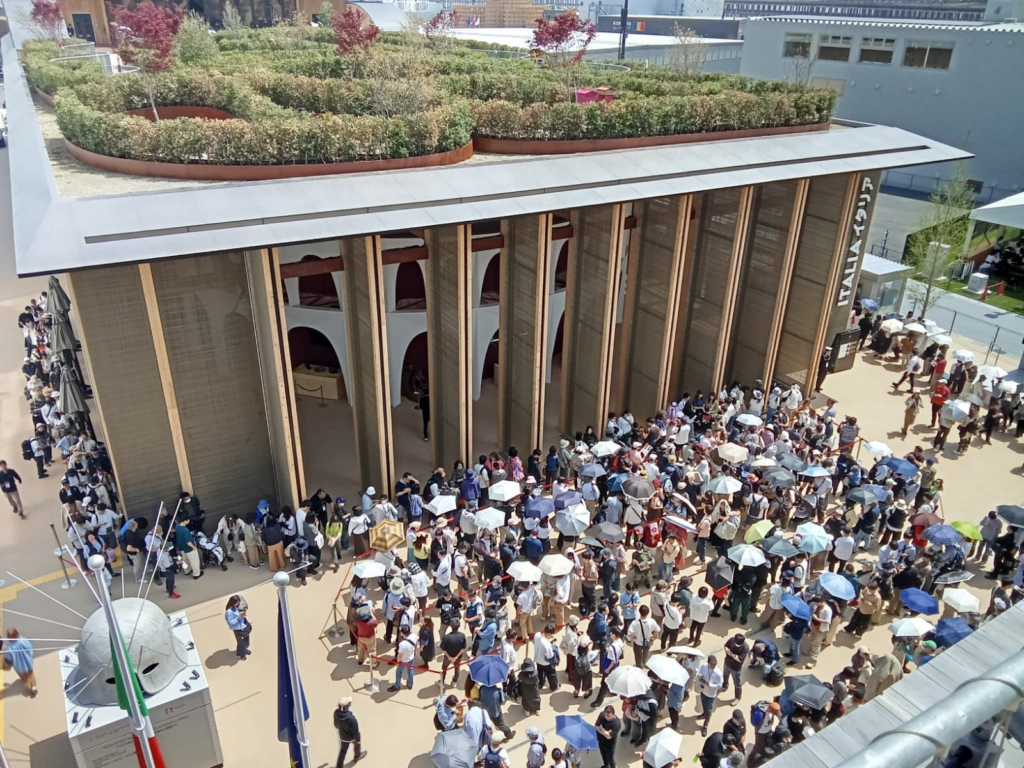
Italy’s pavilion is elegance in motion: a structure that nods to Renaissance design while showcasing space tech, design innovation, and sustainable food systems. Its blend of art, architecture, and future tech makes it a standout.
Luxembourg & Monaco: Small Nations, Global Voices
Luxembourg emphasizes openness and innovation, playing up its global role in finance and space exploration.

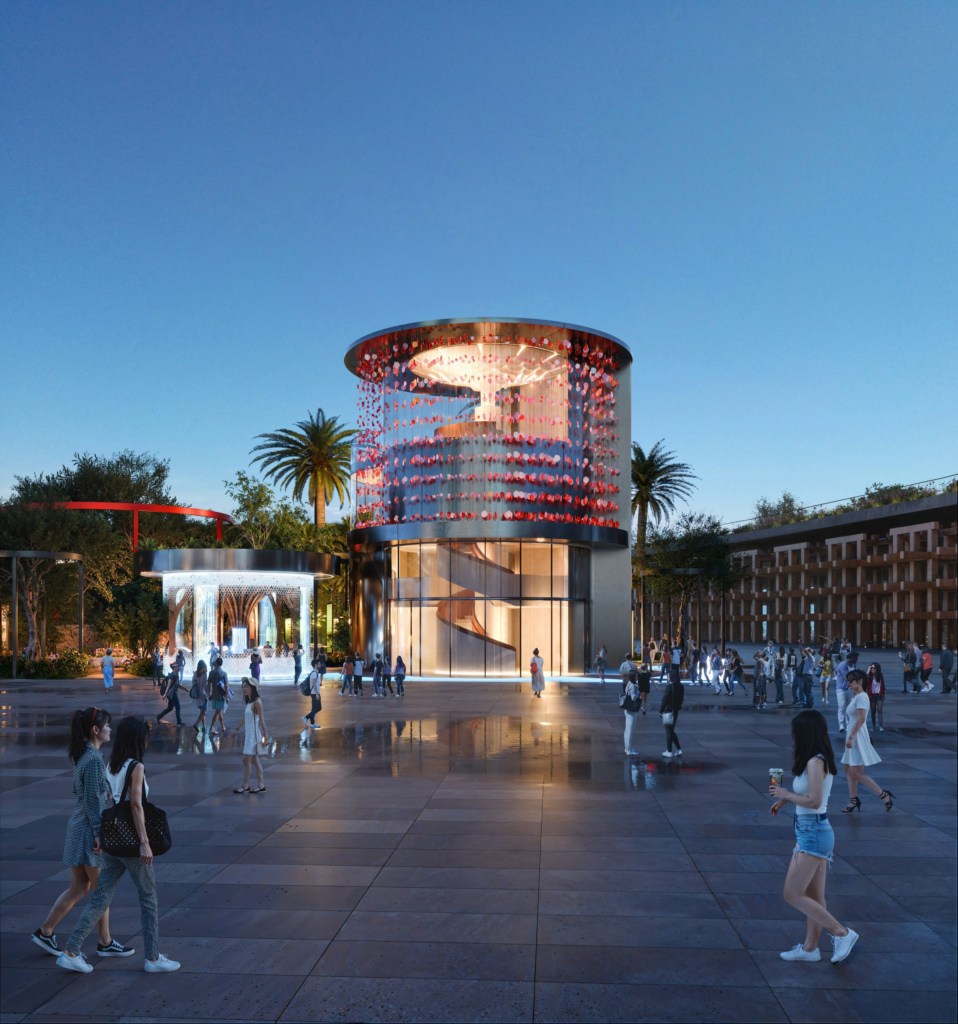
Monaco focuses on ocean conservation and the Mediterranean identity, highlighting the power of microstates to influence big issues.
Netherlands: Water and Food as Future Capital
The Dutch pavilion is both innovative and pragmatic: a circular space showcasing water management, agriculture, and food tech. Designed to be relocated to Awaji Island after the Expo, it exemplifies reuse and sustainability.

Portugal, Romania, Spain, Switzerland: Heritage Recast
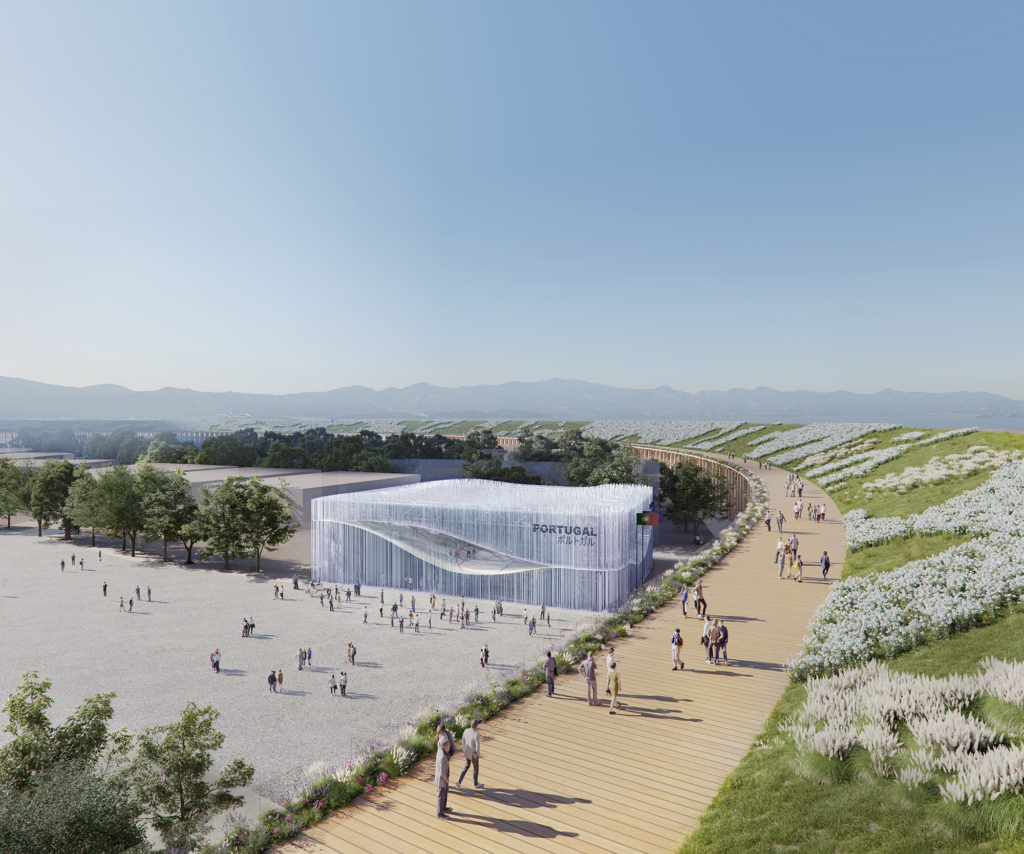
Portugal emphasizes seafaring heritage, gastronomy, and renewable energy.
Romania fuses folklore with digital transformation, reminding visitors that myth and modernity can co-exist.

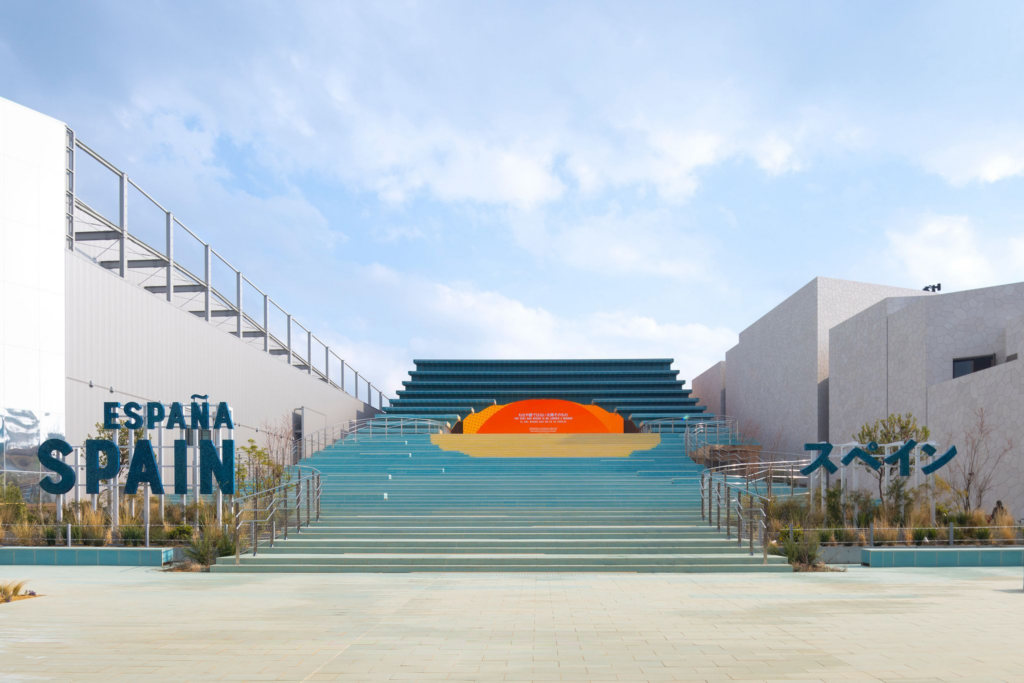
Spain focuses on cultural creativity and energy transition, presented in bold architectural style.
Switzerland offers Alpine storytelling, chocolate, and precision technology in a sustainable design.
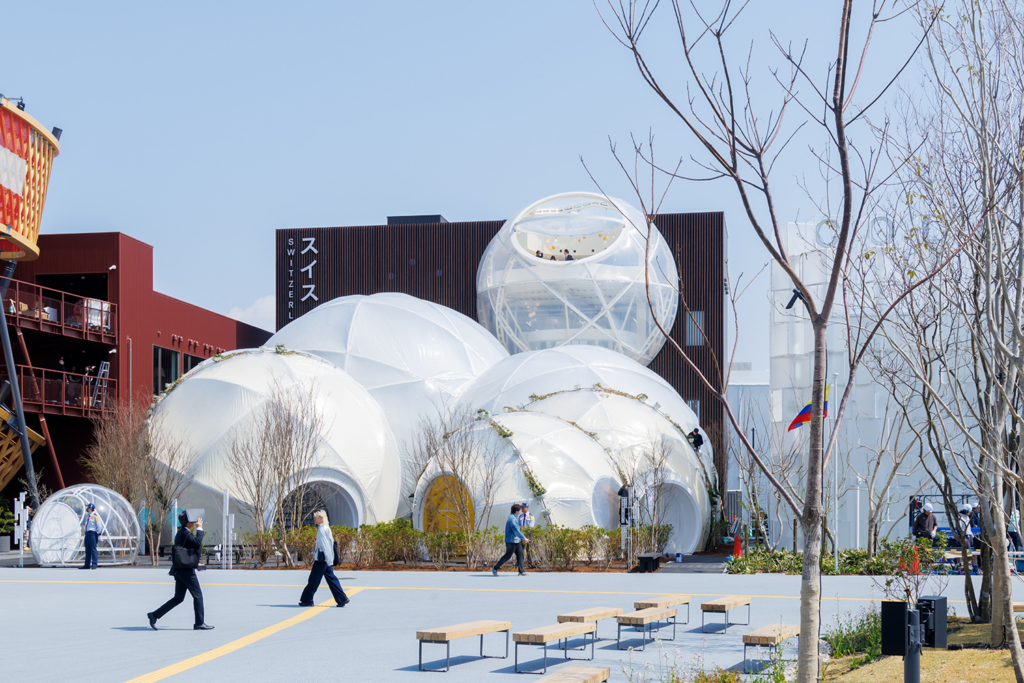
United Kingdom: Reframing Identity Post-Brexit

Presented as the “United Kingdom of Great Britain and Northern Ireland,” this pavilion aims to project resilience and innovation in a post-Brexit world. Themes include science, design, and cultural diplomacy, positioning the UK as both traditional and forward-looking.
Turkey: Eurasian Bridge
Turkey’s pavilion embodies its role as a bridge between continents, combining heritage (Istanbul’s architectural echoes) with modern trade, culture, and green energy visions.
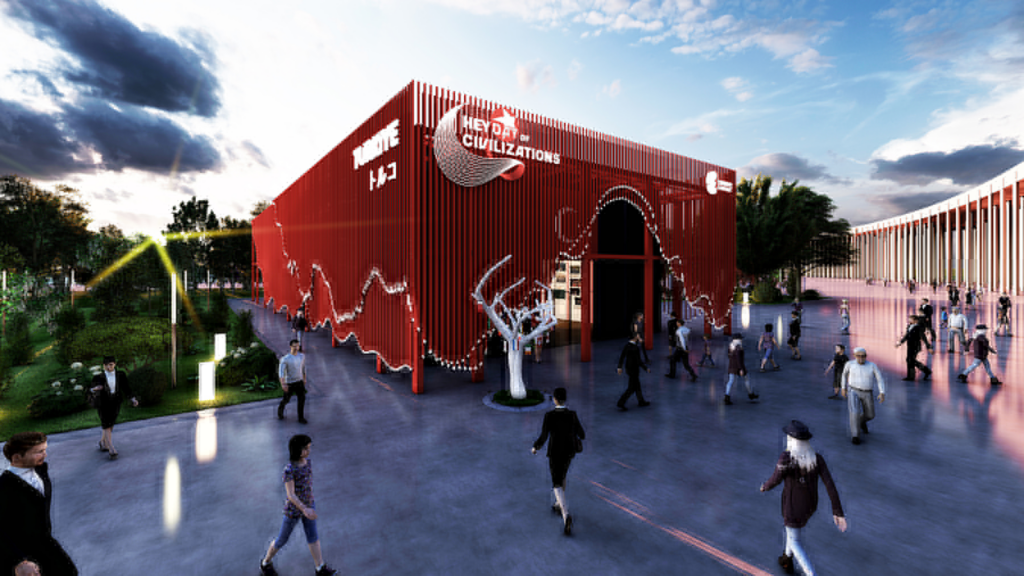
Shared Themes Across Europe
- Sustainability First: From timber to recycled materials, Europe’s pavilions are design manifestos for eco-architecture.
- Culture as Soft Power: Culinary arts, folklore, and design are mobilized as tools of diplomacy.
- Unity in Diversity: Europe’s range — from Monaco’s oceans to Germany’s tech — underscores its shared ambition of cooperation despite difference.
Why Europe Matters at Osaka
Europe’s message is clear: it wants to lead by design. By blending heritage with sustainability, its pavilions don’t just tell stories — they model possible futures. Visitors walking the European arc of Expo 2025 will experience a continent rethinking itself not as a museum, but as a living workshop of tomorrow.


